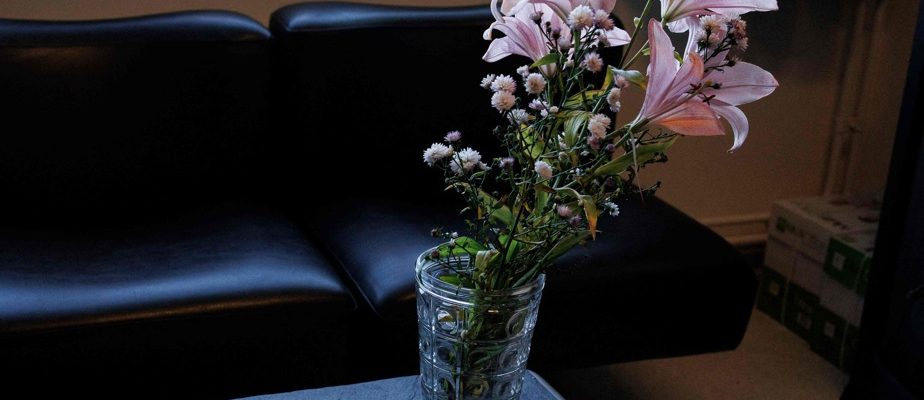(Amsterdam) They left together, hand in hand: Bert Keizer, a 77-year-old Dutch doctor, has performed euthanasia more than a hundred times, but this one particularly upset him, because it is a couple, two “superb” women, whom he helped to die.
Monique, 74, suffered from dementia and Loes, 88, from a muscular disease. They were dependent on each other to live independently and after 50 years together, they could not see a life without each other.
The doctor describes “the last scene”.
“The two women are lying on the bed, hand in hand, they both have an IV in their arm and a doctor sitting next to them,” Mr. Keizer told AFP.
“They kiss, they say “Thank you” and “I love you”. We look at each other and say: “Girls, are you ready? “Yes, go ahead,” they say,” he adds.
“We inject the medicine, barbiturate, and they fall asleep immediately,” continues the doctor.
“I was nervous, because we want them to lose consciousness at the same time, we don’t want one to see the other dead,” he emphasizes.
It was December 2019. Monique and Loes resorted to “duo-euthanasia”, which allows partners to die at the same time.
“One was losing her head, the other was losing her legs, they said, two superb women, very friendly,” remembers Mr. Keizer, a retired geriatrician who continues to accompany patients who wish to use the ‘euthanasia.
The Netherlands and Belgium were the first two European countries to authorize euthanasia – death caused by a caregiver at the request of a patient.
In the Netherlands, this medical procedure has been strictly regulated since 1er April 2002. The law provides that the doctor and an independent expert must determine that the patient is in unbearable suffering with no hope of improvement.
It must also be established that the request for euthanasia is carefully considered, voluntary, and that there is no other “realistic option”.
“Emotionally difficult”
In the case of “duo-euthanasia”, these conditions apply to both people, whose request is evaluated separately by different doctors. Cases therefore remain very rare.
“It is of course singular that two parallel lives bring together all these conditions at exactly the right time,” notes Mr. Keizer, who has performed some 140 euthanasias during his career, including two as a couple.
Every year in the Netherlands, more and more people resort to euthanasia, 8,720 people in 2022, or 5.1% of deaths that year, according to official figures. The majority suffered from terminal cancer.
Among these people were 29 couples. Although this remains rare, the number of duo-euthanasia is increasing: in 2021, 16 couples resorted to the medical procedure, 9 in 2018.
In February, former Prime Minister Dries Van Agt and his wife committed suicide together, after 70 years of living together.
“The manner in which the Van Agts died is a wonderful example of dying with dignity while maintaining control,” declared the pro-euthanasia association NVVE.
Monique and Loes died together after receiving the green light from the medical teams who followed them.
“I found it emotionally difficult because they were such lovely people,” but also very determined, says Bert Keizer.
Monique was fully aware of her dementia, which is rare. “Most people with dementia don’t realize how serious the disease is,” says Keizer. She had seen what dementia had done to her father and didn’t want to end up like him.
The two women, both wearing glasses and with short-cropped hair, were the subject of a television documentary ahead of their euthanasia. “I can’t live without Monique,” Loes said in these images. “And I depend on you,” Monique said.
“So let’s go together.”
